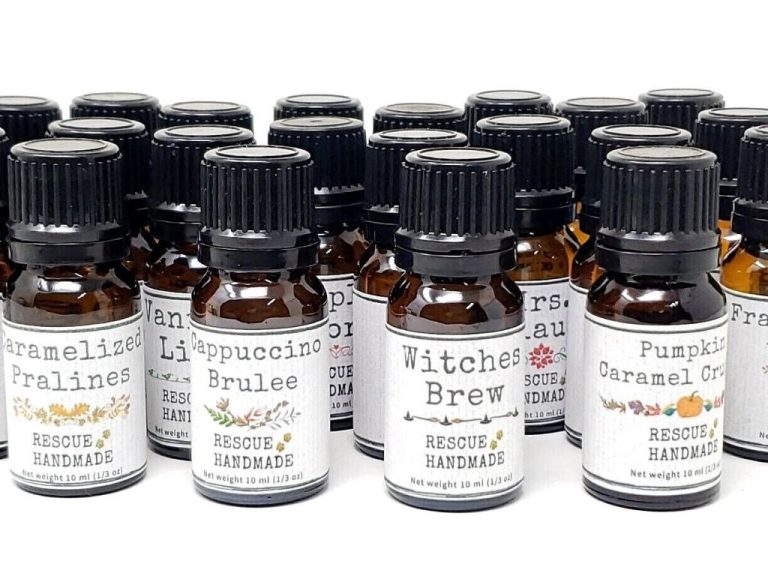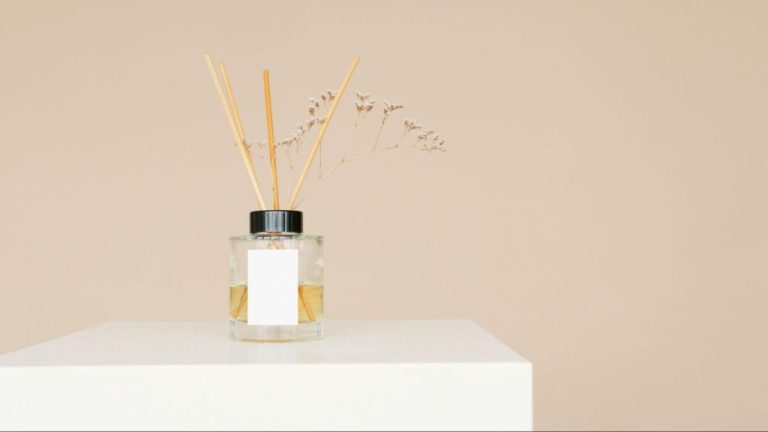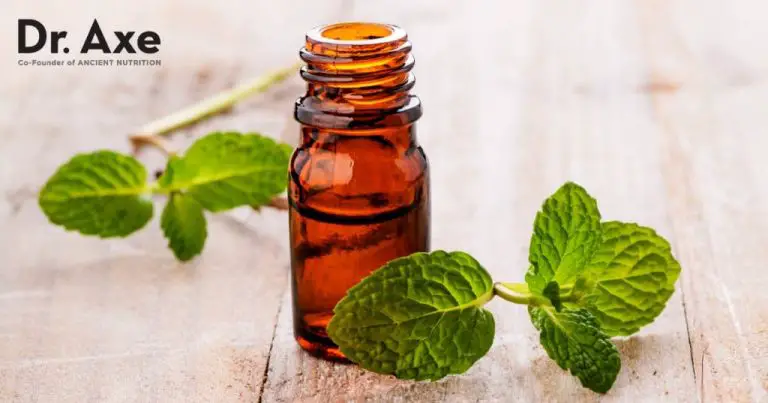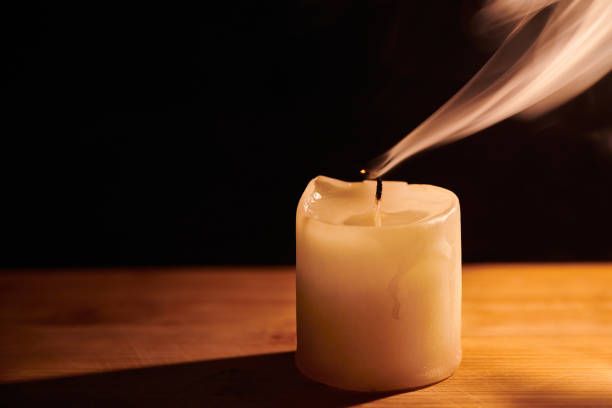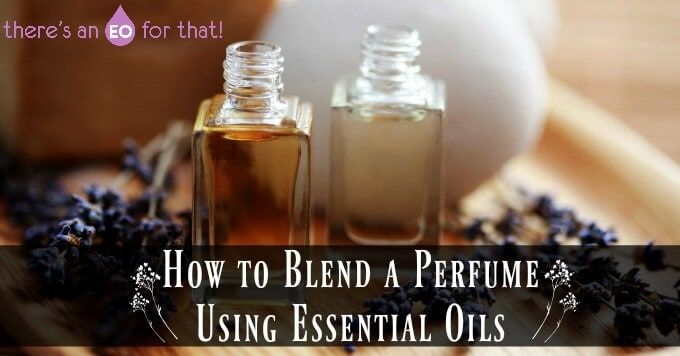What Is The Scent Thing With Sticks?
Scent sticks, also known as incense sticks, are thin sticks made of bamboo or wood that have been coated or infused with fragrant materials. When lit, the sticks release fragrant smoke. Scent sticks have a long history of use for spiritual, medicinal, and aromatic purposes across many cultures.
The first recorded use of incense dates back to ancient China over 2,500 years ago, where it was used in religious ceremonies and ancestor veneration (https://en.wikipedia.org/wiki/Incense). From China, the use of incense spread to India and throughout Asia. Incense sticks remain an important part of spiritual rituals in many Asian religious traditions such as Hinduism, Buddhism, and Shintoism.
In addition to religious uses, scent sticks have also been utilized for their aromatic properties. The smoke released from lit incense can create pleasant fragrances and mask unpleasant odors. Scent sticks are still commonly used in homes and public spaces today to perfume the air.
Types of Scent Sticks
There are several main types of scent sticks:
Incense – Incense refers to aromatic biotic materials that release fragrant smoke when burned. The term refers to the material itself, rather than to the aroma that it produces. Incense is used for aesthetic reasons, aromatherapy, meditation, and ceremony. It comes in various forms like sticks, cones, coils, and powder.
Smudge sticks – Smudge sticks are bundles of herbs and plant materials that are dried and burned to produce smoke. They are commonly used in ceremonies and rituals for cleansing, blessing, or purification. Popular plants used in smudge sticks include sage, cedar, lavender, sweetgrass, and palo santo. Smudging is a practice with its roots in Native American culture.
Aromatherapy – Aromatherapy uses aromatic essential oils derived from plants to improve psychological and physical well-being. The essential oils are usually dispersed into the air using a diffuser, allowing the aroma to be inhaled. Some common essential oils used in aromatherapy are lavender, peppermint, eucalyptus, tea tree, lemon, and bergamot.
Essential oils – Essential oils are highly concentrated oils extracted from plants, usually through distillation. They contain the natural smell and flavor of the plant. Essential oils are commonly used in aromatherapy, perfumes, cosmetics, and cleaning products. They can also be diluted with a carrier oil and applied directly to the skin.
How Scent Sticks Work
Scent sticks work through a process of fragrance diffusion. There are two main types of scent sticks: combustible incense sticks and reed diffusers.
With combustible incense sticks, the stick is made of fragrant materials like resins, herbs, spices, and essential oils. When lit, the heat causes these materials to smolder and release fragrant smoke. As the smoke rises, it diffuses the scent into the surrounding air. The burning process continuously emits more fragrant smoke as long as the incense stick remains lit (The Science Behind Natural Reed Diffusers).
Reed diffusers utilize essential oils rather than combustible ingredients. The essential oil blend is contained in a bottle into which reeds are placed. The reeds absorb the oil through capillary action. As the volatile essential oil molecules evaporate from the reeds, they diffuse their aroma into the surrounding air (How Do Reed Diffusers Work?). Reed diffusers provide continuous fragrance diffusion as long as oil remains in the bottle to be absorbed by the reeds.
Both types of scent sticks release fragrant molecules that spread through the air via diffusion. Combustible sticks rely on smoke from burning materials, while reed diffusers use evaporation of essential oils. In both cases, the result is a pleasant ambient aroma in the surrounding environment.
Purposes and Benefits
One of the main purposes and benefits of scent sticks is relaxation. The aromatic compounds in scent sticks have been shown to reduce stress and promote calmness. A study by Wheeling Jesuit University found thatsniffing jasminecan decrease anxiety by over 53% and lift moods(Source 1). The effect of pleasant aromas from scent sticks raises serotonin levels in the brain, acting as a natural mood enhancer without the need for drugs (Source 2).
Scent sticks are commonly used in meditation and spiritual rituals. Burning incense helps settle the mind, improve focus, and create an atmosphere conducive for reflection. The scent and smoke are thought to connect the physical and ethereal realms. Many spiritual traditions believe that the smoke carries prayers and intentions to the heavens (Source 1).
Certain scents from scent sticks can enhance and balance moods. Fragrances like jasmine, rose, patchouli and ylang-ylang act as natural aphrodisiacs and stimulants. Sandalwood, chamomile and lavender, produce calming effects. Burning complementary scents can promote emotional equilibrium (Source 3).
Popular Scents and Fragrances
Some of the most popular scents for scent sticks include:
Lavender – Known for its calming and relaxing properties, lavender is one of the most common scents used in scent sticks. The sweet floral aroma of lavender can help reduce stress and anxiety and promote better sleep.
Eucalyptus – With its minty, invigorating scent, eucalyptus is popular in scent sticks for its energizing and refreshing qualities. Eucalyptus scent sticks can help boost alertness and concentration.
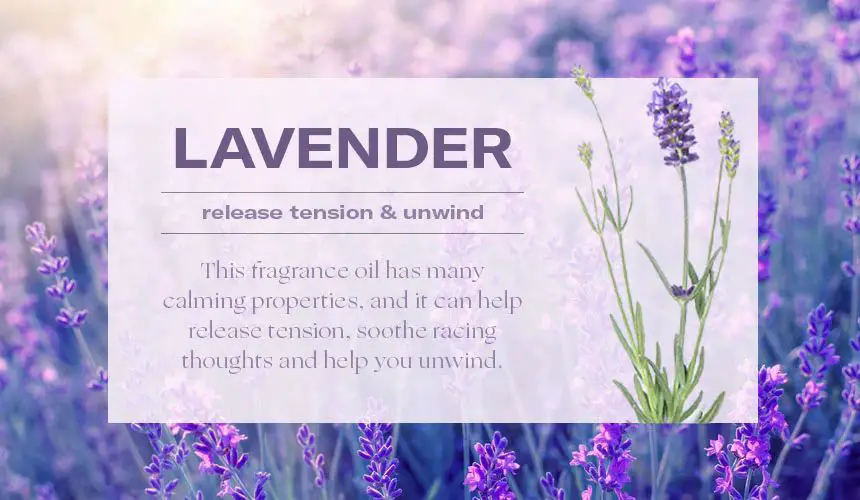
Sandalwood – The rich, woody aroma of sandalwood is a favorite scent for scent sticks. Sandalwood has a calming, grounding effect that can aid focus and serenity.
Jasmine – Known as the “king of flowers,” the sweet, exotic floral scent of jasmine is used to uplift mood and induce feelings of optimism in jasmine-scented sticks.
Other popular scents for scent sticks include rose, vanilla, cinnamon, lemongrass, citrus scents like grapefruit, and soothing chamomile.
Using Scent Sticks Safely
When using scent sticks, it’s important to take proper safety precautions. Here are some tips for using scent sticks safely:
Ensure proper ventilation when burning scent sticks. According to https://incensesticks.com/blogs/news/how-to-burn-incense-dos-donts, you should place scent sticks in a well-ventilated area to allow the fragrance to circulate while avoiding buildup of smoke. Open a window or use a fan to keep air flowing.
Avoid open flames when possible. Scent sticks have a small flame when lit, so it’s best not to place them near flammable objects according to https://kikohincense.com/pages/incense-safety-precautions. Use a burner or holder specifically designed for scent sticks.
Test for allergies before extensive use. Some people may be sensitive or allergic to the ingredients in certain scent sticks. Try a small amount first and discontinue use if any irritation occurs.
With proper precautions, scent sticks can be used safely to enjoy their fragrance and benefits.
Scent Stick Etiquette
When using scent sticks, it’s important to be mindful of those around you. Here are some tips for proper scent stick etiquette:
Ask permission before lighting scent sticks, especially in shared spaces. The smoke and fragrance can bother some people, so get consent first. Avoid lighting potent or pungent sticks in public places or office settings where the smell may overwhelm others.
Be aware of smoke sensitivity and allergies. Cinnamon, jasmine, and sandalwood are common scent allergens to avoid around those with sensitivities.
Never leave burning sticks unattended. Always completely extinguish sticks before leaving an area.
Properly dispose of spent sticks. Don’t just toss them in the garbage where they could still smolder. Fully extinguish and allow them to cool before throwing away.
Clean up any wax or ash residue. Use a protected surface for burning sticks and promptly wipe up any debris.
With some simple courtesy and care, you can enjoy scent sticks without bothering those around you.
Buying Quality Scent Sticks
When purchasing scent sticks, it’s important to buy from reputable brands that use high quality, natural ingredients. Some factors to consider when shopping for quality scent sticks include:
According to Martha Stewart, reputable brands like Shoyeido, Baieido, and Nippon Kodo use natural ingredients and age-old techniques for crafting premium Japanese incense. Looking for Japanese or Chinese brands with centuries-long histories in incense making can help ensure you’re getting a quality product.
High end and niche perfumers like Czech & Speake also create excellent scent sticks using pure, natural essential oils and fragrances. Seek out brands that use essential oils, woods, resins, spices, and flowers rather than synthetic fragrance oils.
Hand-dipping and hand-rolling techniques also lead to better scent throw and burn time compared to mass produced sticks. While handmade sticks cost more, the difference in quality may be worth it for scent stick aficionados.
Consider sampling a variety pack of scents from a new brand before committing to a full box. This allows you to test quality before investing in your favorites.
Caring for Scent Sticks
Proper care and maintenance are important for getting the most out of your scent sticks and diffuser. Here are some tips for keeping your diffuser in optimal condition:
Store your diffuser in a cool, dry place when not in use. Heat and humidity can cause the scented oils to lose potency faster. Keeping it in a cabinet or closet is ideal.
Clean the diffuser vessel regularly with mild soap and water. Allow it to dry fully before adding new scented oil. This prevents buildup of residue that can interfere with fragrance dispersal (Source 1).
Replace the reeds every 2-3 months for best performance. Old reeds get covered in oil residue and lose their ability to properly disperse scent. Soak new reeds briefly before inserting into the vessel.
When the fragrance runs out, remove any remaining scented oil from the vessel. Rinse thoroughly before refilling. Never top up existing fragrance with new oil as this dilutes the scent.
Follow precautions on the label regarding flammability and use around pets or children. Avoid placing reed diffusers near heat sources or open flames.
Dispose of used reeds and vessels responsibly. The glass can often be recycled. Check if the fragrance oils can be poured down the drain or require special hazardous waste disposal.
The Future of Scent Sticks
The future looks bright for scent sticks. As they continue to grow in popularity, more research is being conducted on their benefits. Innovations in scent technology also point to an exciting future.
The global market for incense sticks is expected to grow steadily in the coming years. According to one forecast, the market will expand at a compound annual growth rate of over 5% from 2022 to 2030 (Source). This growth demonstrates the increasing demand for scent sticks around the world.
More studies are emerging that highlight the positive effects of scent sticks. Research has shown they can reduce stress, improve sleep, boost memory, and elevate moods. As their benefits become more widely known, their popularity will likely continue to rise.
Advances in digital scent technology also promise an exciting future for scent sticks. Companies are developing systems to digitize and transmit scents for virtual reality, entertainment, retail, and more. This technology could enable more immersive and customizable scent experiences (Source). Scent sticks may integrate with smart devices for personalized diffusing.
The scent stick industry will likely continue innovating with novel fragrances, smarter devices, and new applications. With their increasing popularity and promising innovations on the horizon, scent sticks have an exciting future ahead.

